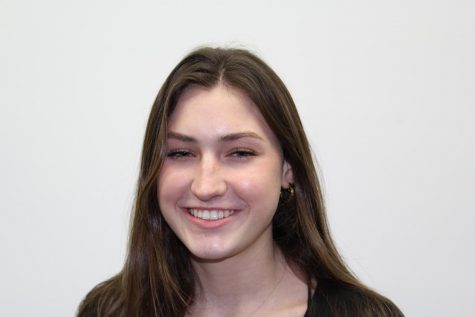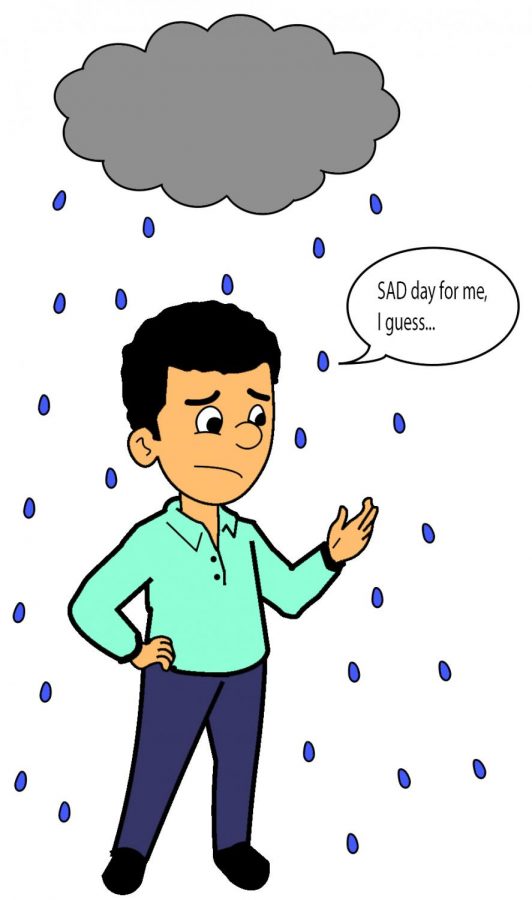SAD takes its toll on GBHS students
Seasonal Affective Disorder silently strikes on rainy days of the year
More stories from Michela Smith
Gazette/GBT.org iIllustration/KAVANA GONUR
Those who suffer from the effects of SAD typically don’t look forward to overly rainy days. The cause of the disorder is unknown, but it affects the circadian rhythm of sufferers and can last throughout the winter.
Cold weather calls for seasonal activities and an escape from the oftentimes brutal heat California endures in the summer months. However, some people face the distressing symptoms of seasonal affective disorder.
In short, seasonal affective disorder (SAD) is characterized by enduring a mood disorder which occurs during the winter months. SAD is typically attributed to the lack of sun exposure.
The exact cause of SAD is still unknown. However, it is said to influence one’s circadian rhythm (sleeping patterns), serotonin levels, and melatonin levels.
“Vitamin D plays a role in the abundance and activity of serotonin, sunlight is required to synthesize Vitamin D,” said Lisa Goldsmith a teacher of physiology and AP Biology at Granite Bay High School.
“In winter when the season creates darker days, some people are secreting significantly more melatonin than others making them feel lethargic and tired.” Goldsmith said.
Facing struggles with SAD makes day to day life quite difficult for everyday people, those include some students at GBHS.
Senior Sofia Novaresi struggles with SAD. “A lot of it’s just looking at the days and it’ll be gloomy and not a lot of light or happiness. It just makes you feel sad all the time,” Novaresi said.
SAD is often dismissed or simply not acknowledged due to its relatively unique nature. It is a form of depression that is often overlooked, but plays a vital role in the mental health of many.
“Around sophomore or junior year I realized that during that winter time I would hate it and not know why,” Novaresi said.
Novaresi said that SAD makes her days feel even longer than they already are.
“It gets dark at like five o clock and I’ll just be laying in bed at 5 o’clock because I don’t know what to do,” Novaresi said, “then laying in bed all day causes me never want to get out of bed.”
According to Natalie Elkin, a psychology teacher as well as a therapist, there are treatments for SAD.
“It turns out there is light therapy that is considered an alternative therapy and there is an actual light that tricks your brain into thinking that it is sunlight,” Elkin said.
“You turn it on for about 20 mins a day, you don’t stare into it because that’ll damage your eye, but you have it off to the side while you’re eating breakfast or getting ready in the morning and it hits your retina and suprachiasmatic nerve. It changes they way your chemistry in your brain works,” Elkin said.
Being aware of the adverse effects of SAD allows for insight regarding the struggles some people face during the winter months.

Michela is a senior, and this is her first year on the Gazette/GBT.org staff.




